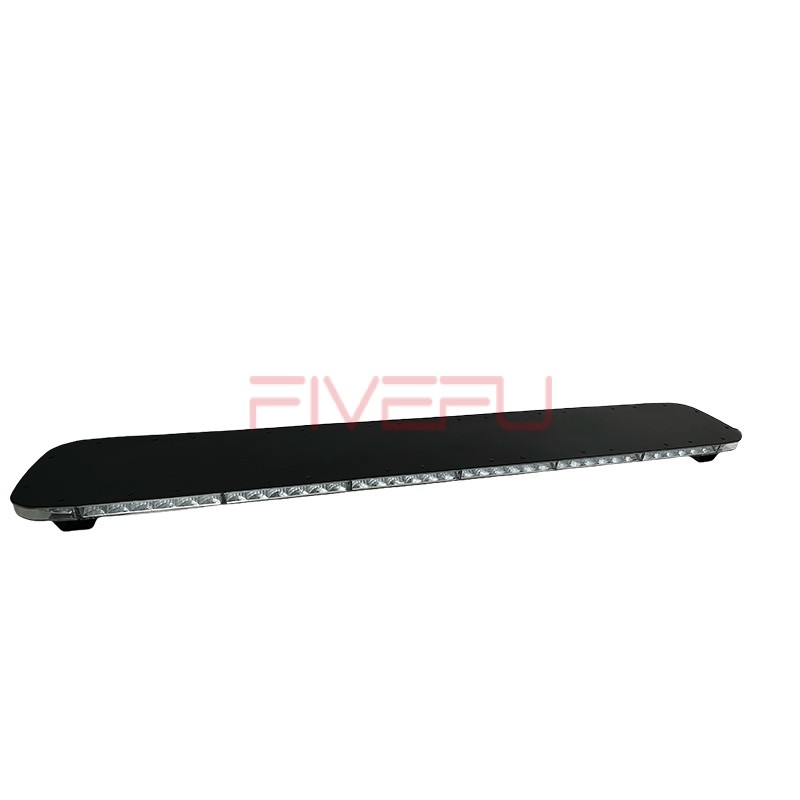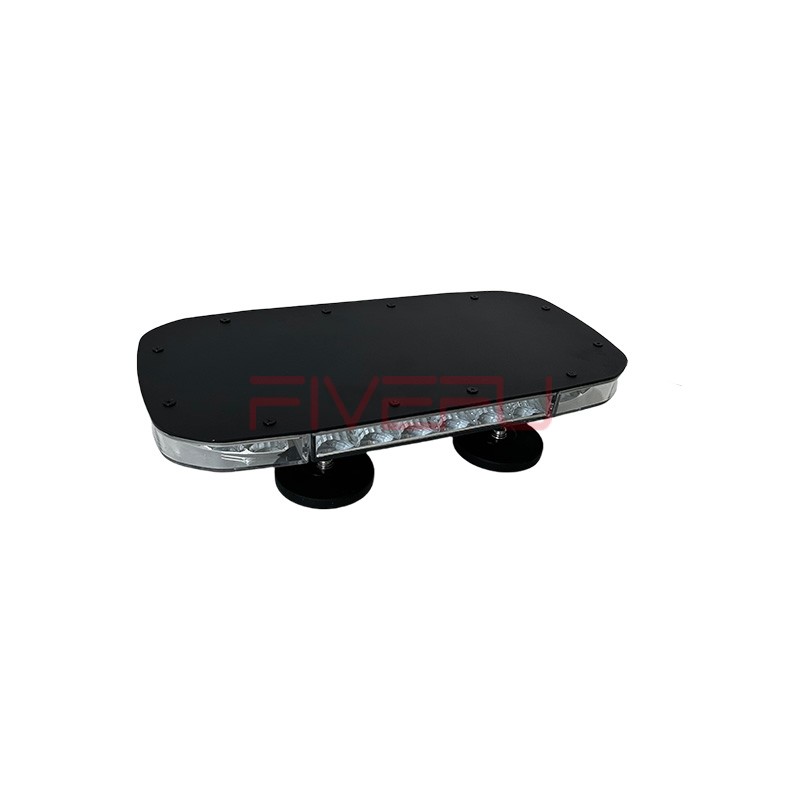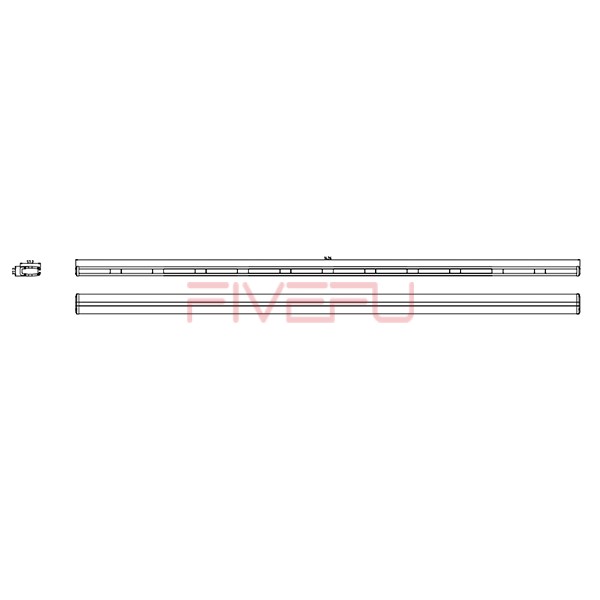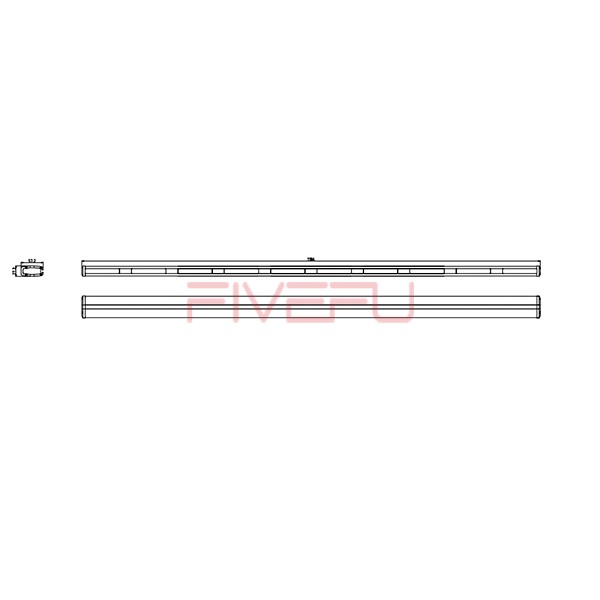Choosing the wrong wattage for LED emergency vehicle lights can reduce visibility, compromise safety, and fail regulatory requirements. Picking the right wattage ensures optimal performance and compliance.
The best wattage for LED emergency vehicle lights balances brightness, energy efficiency, and regulatory compliance. Typically, 10 to 50 watts meet most needs for effective visibility and safety.
Understanding wattage, factors influencing your choice, and available options ensures you select lights that maximize performance and safety. Let’s dive deeper into these aspects.
Understanding LED Wattage
Wattage indicates the power consumption of LED emergency vehicle lights. Higher wattage generally means brighter lights, which are crucial for ensuring visibility in emergencies. However, wattage alone doesn’t determine brightness; it must be considered alongside lumens, which measure light output. LEDs are highly efficient, producing more lumens per watt compared to traditional bulbs. This efficiency allows even low-wattage LEDs to provide sufficient brightness while conserving energy and prolonging battery life.
Factors Affecting Wattage Choice
Several factors influence the choice of wattage for LED emergency vehicle lights:
- Purpose of the Lights: Lights for urban settings may require lower wattage than those used in remote or high-visibility applications.
- Vehicle Type: Larger vehicles may need higher wattage for adequate coverage and visibility.
- Legal Regulations: Local laws often dictate wattage limits to prevent excessive glare that could endanger other drivers.
- Energy Efficiency: High wattage may drain the vehicle battery faster, so balance brightness with energy consumption.
- Environmental Conditions: Lights used in foggy or rainy areas may need higher wattage for enhanced visibility.
Comparing Different Wattage Options
LED emergency vehicle lights typically range from 10 to 50 watts. Here’s a comparison:
- 10-20 Watts: Suitable for low-priority vehicles or urban settings where visibility isn’t a significant issue.
- 20-40 Watts: Commonly used for most emergency vehicles, providing sufficient brightness without excessive power consumption.
- 40-50 Watts and Above: Ideal for large vehicles or extreme conditions where maximum visibility is essential.
While higher wattage provides more brightness, it’s vital to avoid over-illumination, which can cause glare and pose a risk to other drivers.
Recommendations for Choosing the Best Wattage
To select the best wattage for LED emergency vehicle lights, consider these tips:
- Assess Your Needs: Determine the intended use, such as roadside assistance, law enforcement, or fire rescue.
- Check Regulations: Ensure the wattage complies with local and national laws.
- Test for Brightness: Look for lights with a balance of wattage and lumens to achieve optimal performance.
- Consult Experts: Professional advice can help align your choice with both functional and regulatory requirements.
Conclusion
Selecting the best wattage for LED emergency vehicle lights ensures safety, efficiency, and compliance, vital for optimal emergency response performance.









